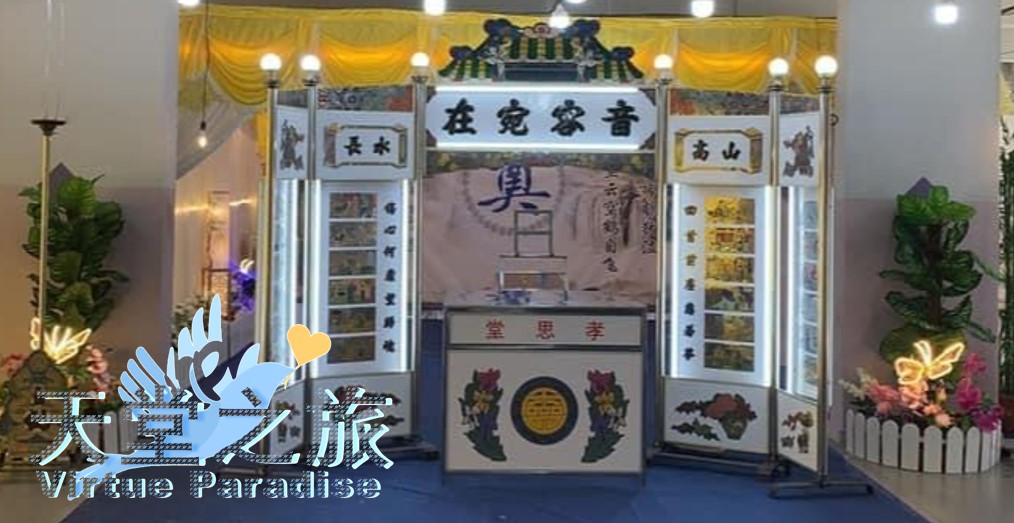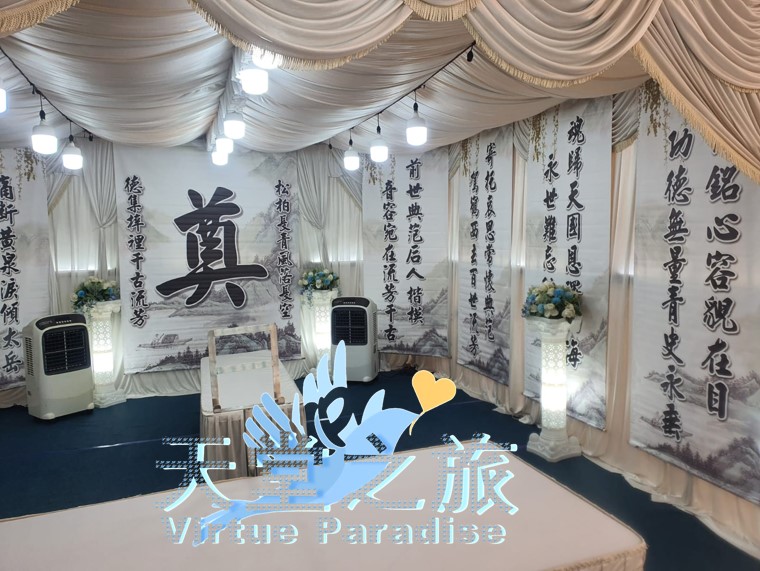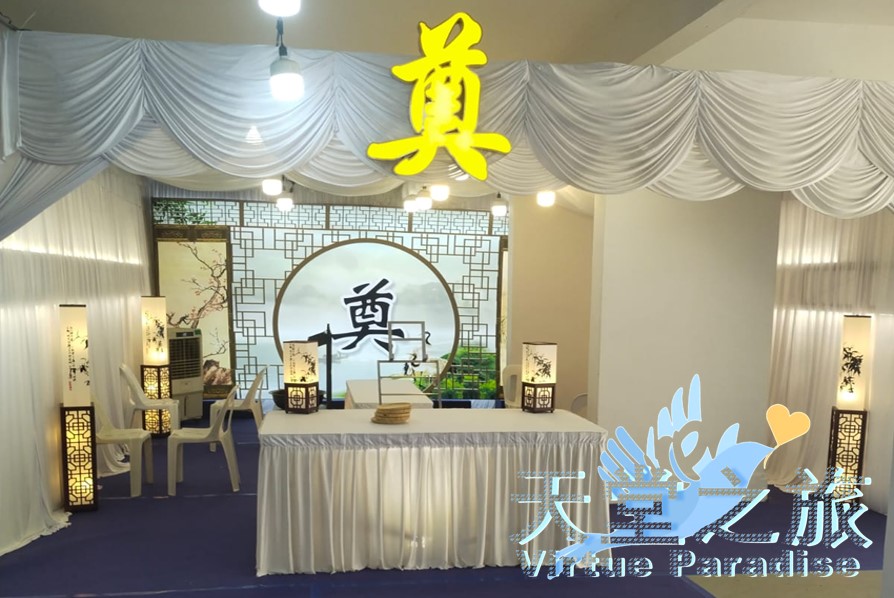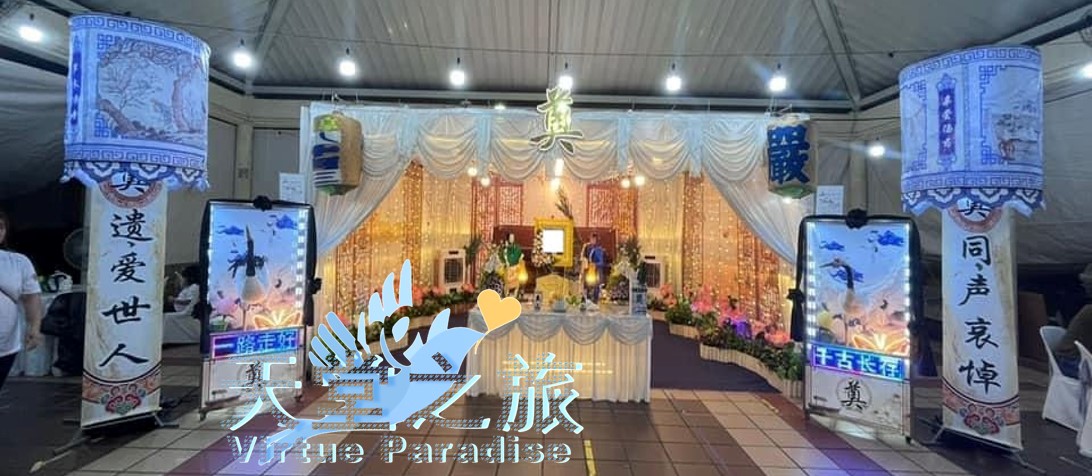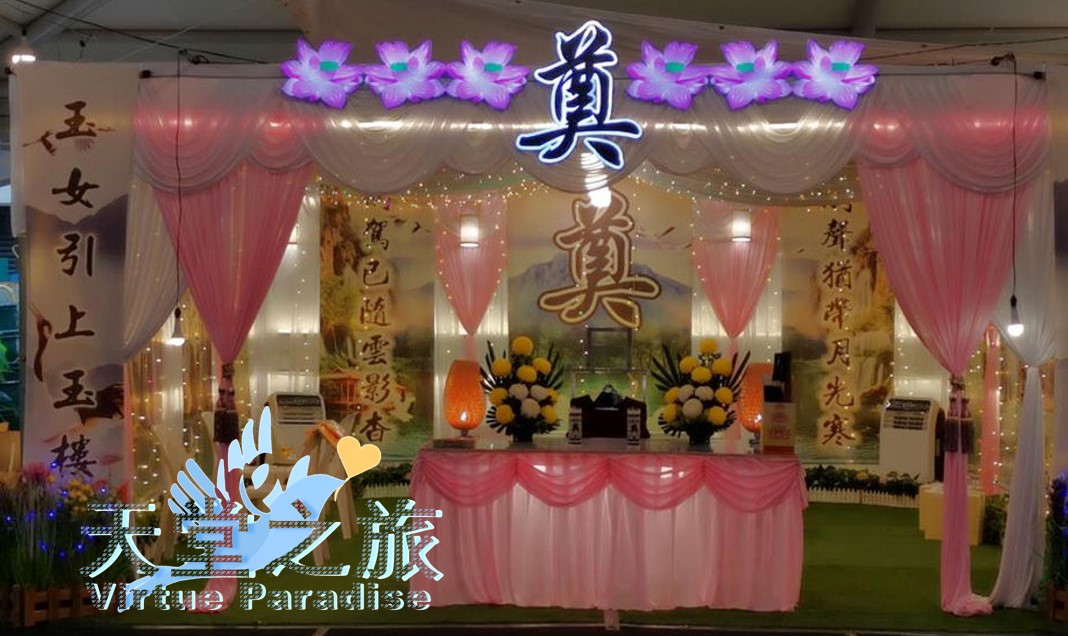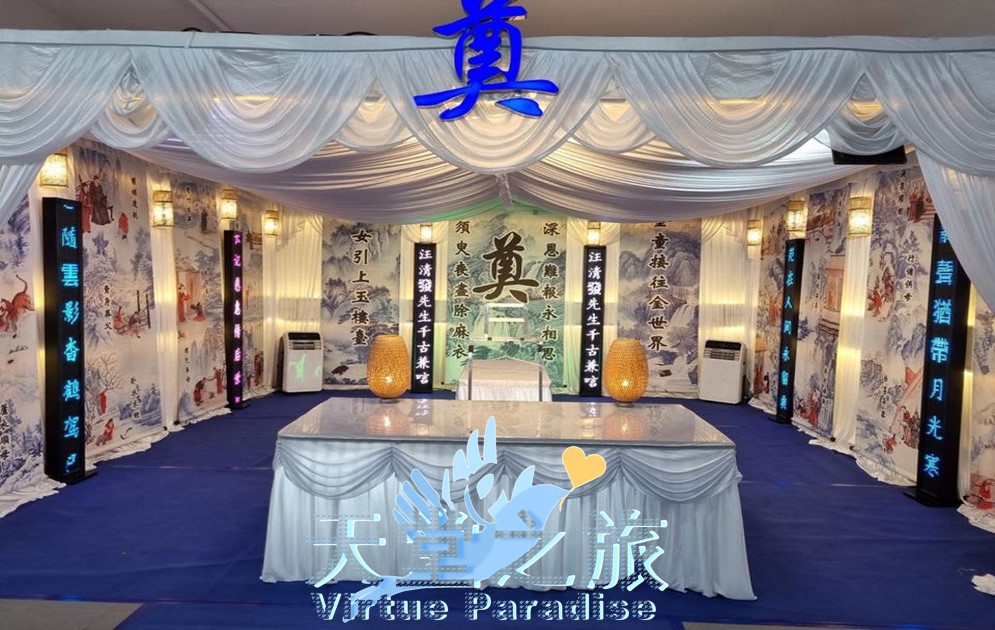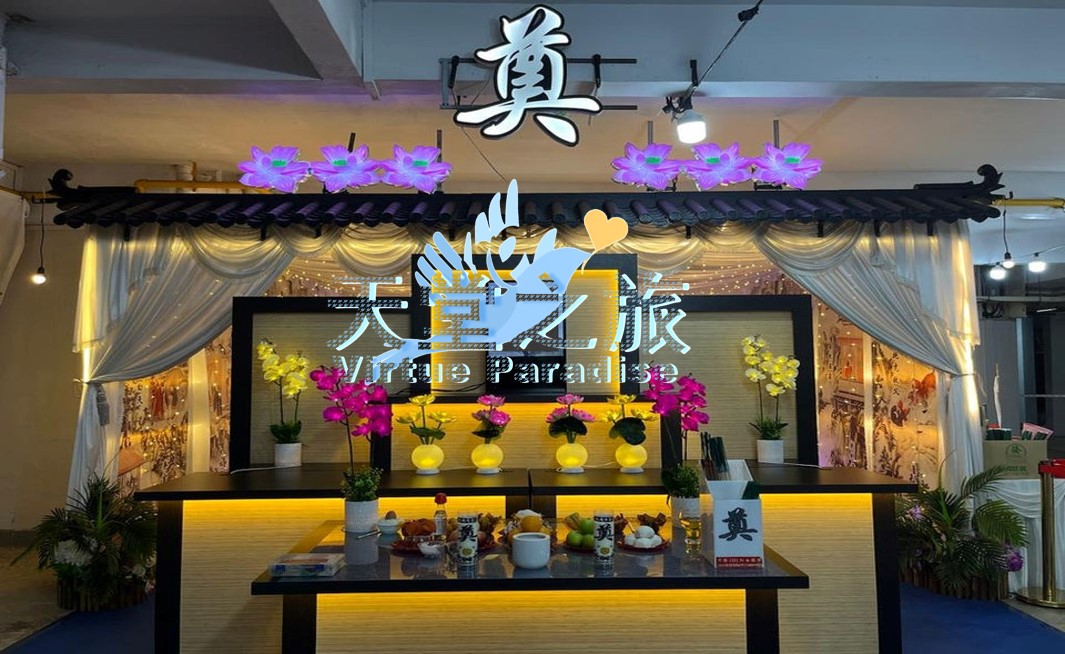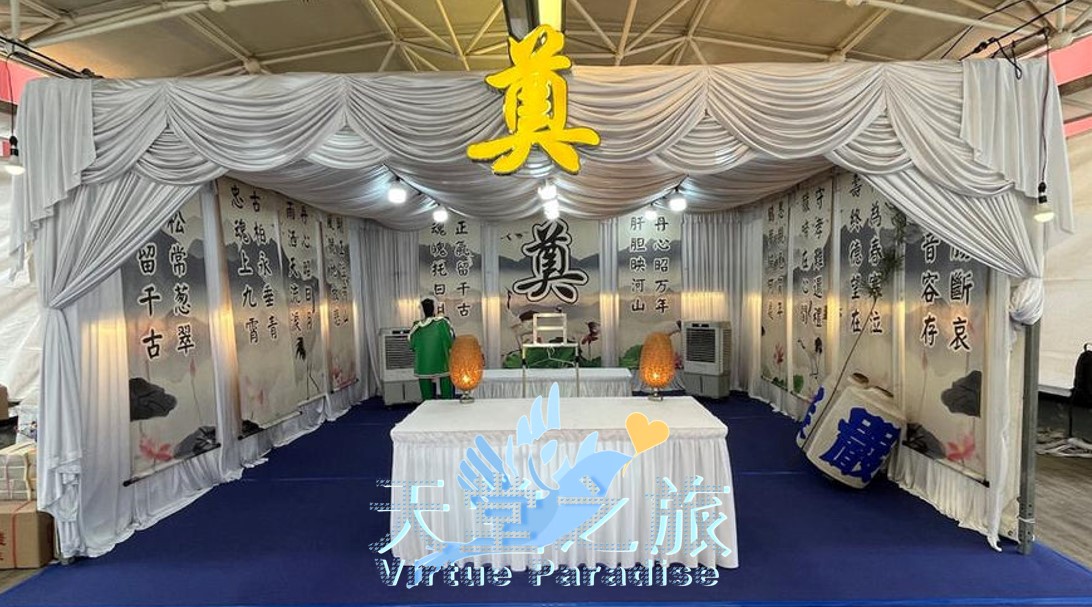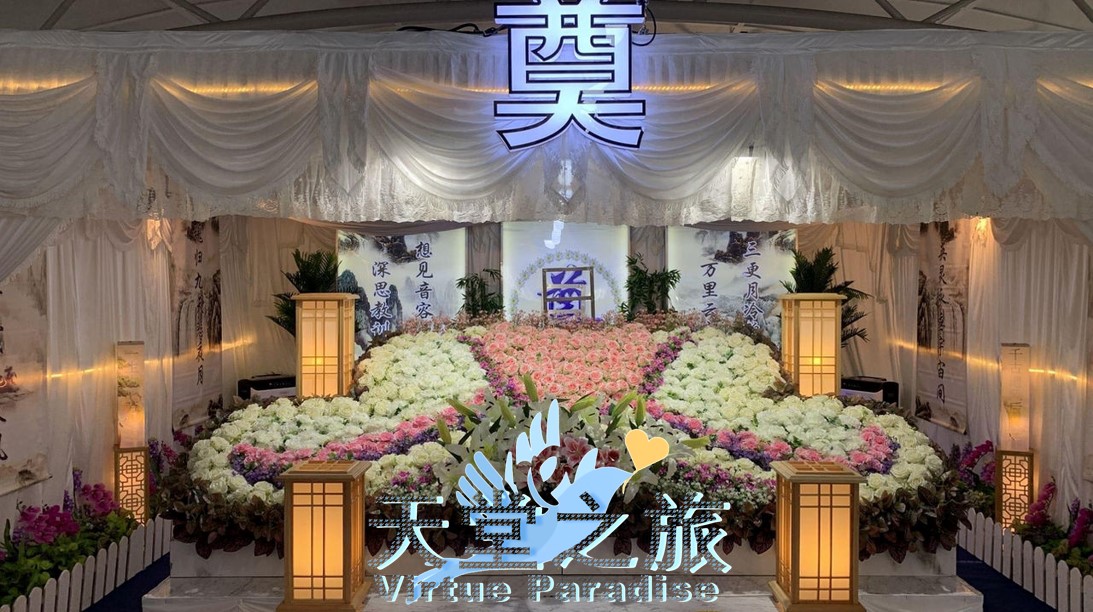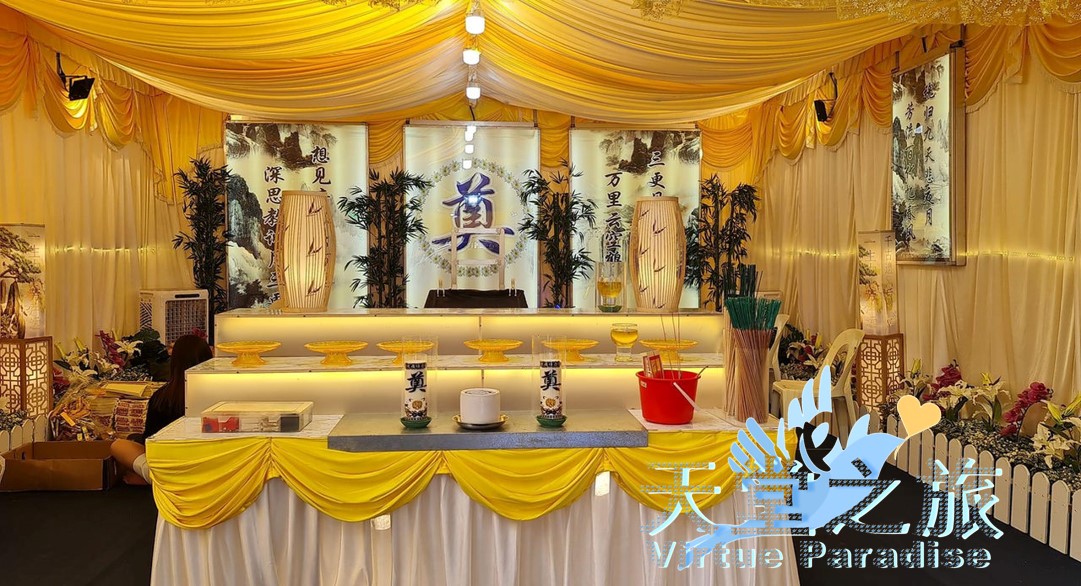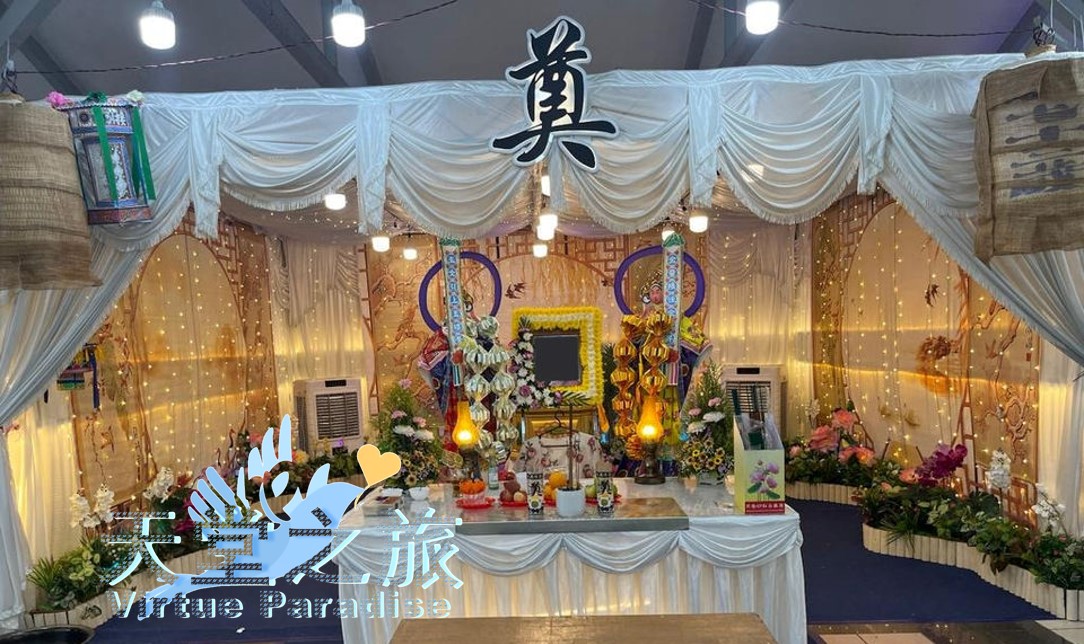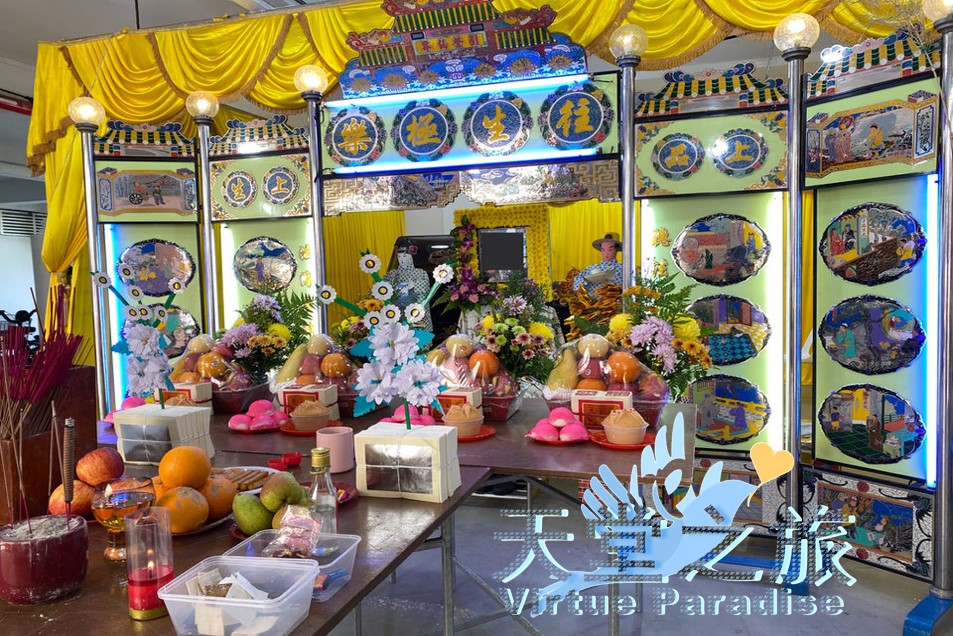Taoist funeral services are among the most elaborate in Chinese culture, rich in ritual, symbolism, and tradition. The vary depending on the sect of Taoism, the family's customs, and local practices. Still, the main purpose is to guide the soul of the deceased safely to the afterlife, protect the living from negative influences, and honor both ancestors and deities.
In Singapore, Taoist funerals are arranged according to the dialect group of the family. A funeral procession of a Cantonese Taoist might be slightly different from one of a Hakka Taoist.
Here's a step-by-step flow of a typical Taoist funeral service so you can see the whole journey from the moment of passing to the post-funeral rituals:
Step 1: Passing & Initial Arrangements
Family notifies relatives and engages a Taoist priest or Funeral Director.
The body is cleaned, dressed (often in traditional clothing), and placed in a coffin.
A home altar or funeral altar is set up with incense, candles, and the deceased's photo.
Step 2: Wake (守灵)
The wake is held at home void deck, a funeral parlor, or temple.
Coffin placement: Positioned according to Taoist geomancy/feng shui.
Offerings: Food, fruits, incense, and paper goods are place on the altar.
Mourning attire: Family members wear white (or sackcloth), sometimes with a headband or ribbon to indicate relationship to the deceased.
Guests pay respects by bowing and offering incense.
Step 3: Taoist Rituals & Chanting
Taoist priests conduct chanting ceremonies (often daily during the wake).
Purpose:
Guide the deceased's soul
Ward off evil spirits.
Accumulate merits (功德) for the departed.
Instruments like gongs, cymbals, and woodwinds are used during prayers.
Step 4: Key Rituals During the Wake
Crossing the Bridge (过桥): Symbolizes the soul crossing from this world into the afterlife.
Breaking of Hell Registers (破地狱): Ritual to release the soul from suffering.
Paper Offerings (烧纸): Houses, clothes, money, servants made of paper are burned to provide comfort in the spirit world.
Tailsman Use (符咒): Priests draw or burn tailsmans for protection.
Step 5: Main Funeral Ceremony
On the final day of the wake:
Priests perform a grand chanting ceremony.
Family kneels or bows in farewell.
Guests pay last respects.
A funeral procession may take place with chanting, music, and paper banners.
Step 6: Burial or Cremation
Burial: Traditionally preferred in Taoism (coffin lowered into the ground).
Cremation: Increasingly common today due to space constraints.
Final offerings: Food and incense offered one last time before sealing the grave/urn.
Step 7: Post-Funeral Rituals
First 7 days (头七): Special prayers believed to help the soul transition.
Subsequent 7-day prayers: Often done on the 7th, 14th, 21st, 35th, 49th day.
100th day prayer (百日): Marks another important stage.
Annual remembrance: Family continues to honor the deceased during Qing Ming (Tomb-Sweeping Day), Hungry Ghost Festival, and death anniversaries.
Death -> Wake -> Taoist rituals & Chanting -> Burial/Cremation -> Post-funeral prayers -> Ongoing ancestor worship

